Biodiversity and Evolution
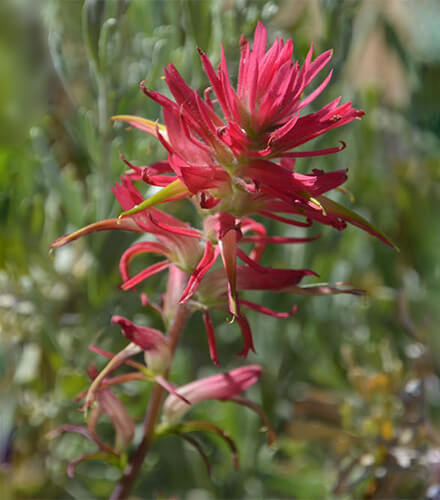

Plant Evolution and Biodiversity
Head: Prof. Susann Wicke
We study interactions between plant parasites, their hosts, and the abiotic environment using experimental-genetic and evolutionary-ecological methods to understand the feedback loops driving parasite-host-environment adaptation. The lab develops resources to identify pests from environmental samples and engages in forest genetics research. We also actively commit to the conservation of native plants through citizen science projects.
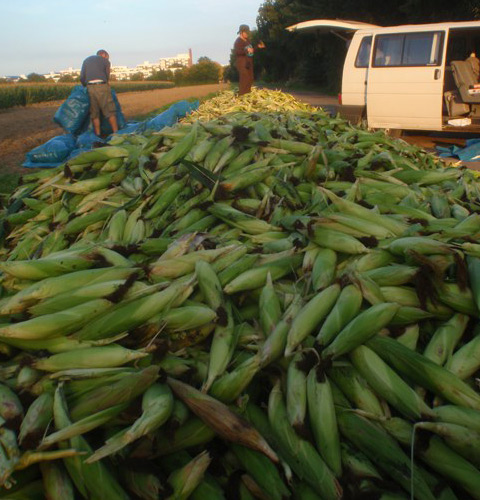

Ecology
Head: Prof. Liliane Ruess
Soil is the most diverse ecosystem on earth, yet still remains a black box. We investigate the biodiversity, structure and function of soil food webs, with nematodes as target group. Here, modern biochemical tools, such as lipid and stable isotope analysis allow new insight into this cryptic habitat.
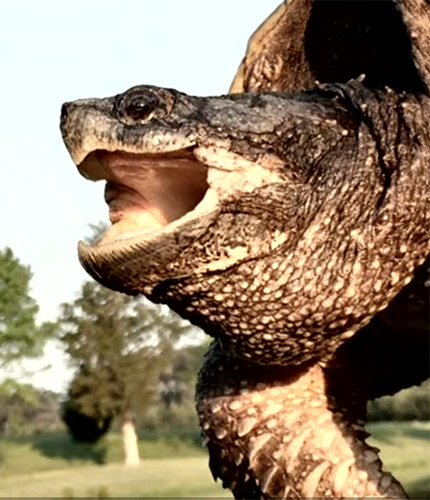

Paleobiology and Evolution
Head: Prof. Jörg Fröbisch
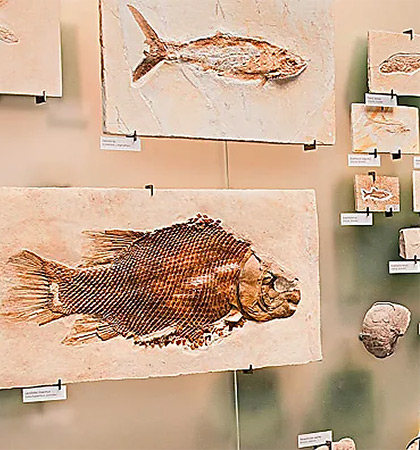
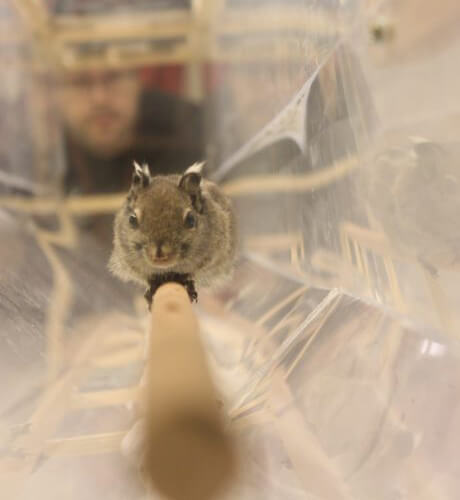

Comparative Zoology
Head: Prof. John Nyakatura
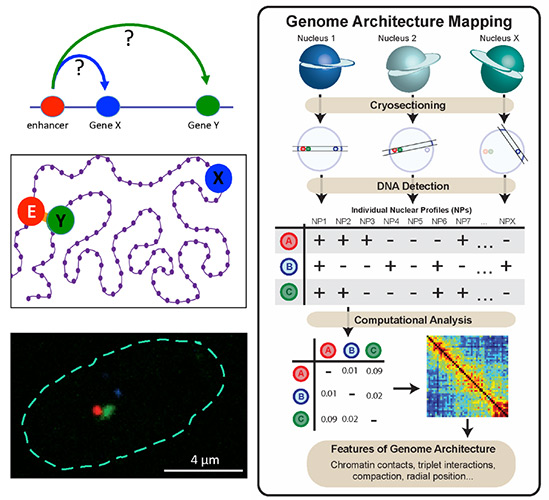

Transcriptional Regulation and Genome Architecture
Head: Prof. Ana Pombo
We investigate the interplay between gene regulation and three-dimensional genome architecture, towards defining the principles of genome function.
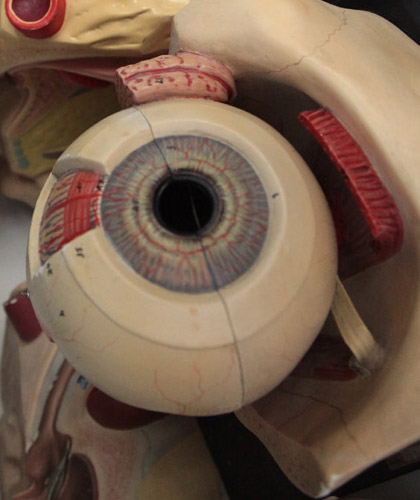

Biology Education
Head: Prof. Annette Upmeier zu Belzen
Basic Education Research: Theoretical modeling and measuring of processes of scientific inquiry, competence-based teaching and learning of biological content knowledge and scientific inquiry in the context of formal, non-formal and informal education, competence development considering personality and situation-related characteristics, investigation of attitudes and argumentation about controversial science issues.
Science Communication: Citizen Science school projects, gamification in science communication.
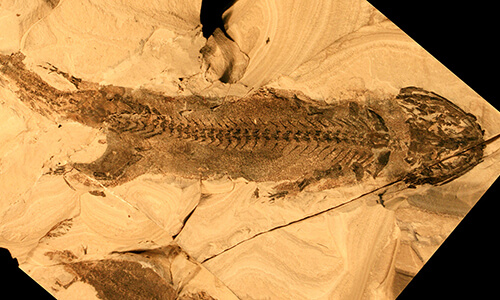

Development and Evolution
Head: Prof. Nadia Fröbisch
Research in the lab concentrates on the evolution and development of the vertebrate body plan and the relationships between ontogeny and phylogeny throughout vertebrate evolution. A particular research focus lies on the evolutionary and developmental biology of amphibians combining data from the fossil record with those from modern amphibians.
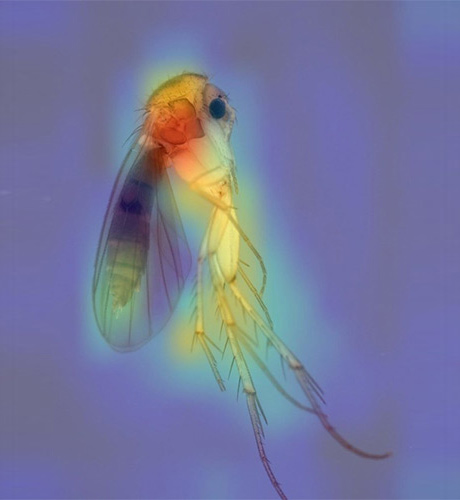

Integrative Biodiversity Discovery
Head: Prof. Rudolf Meier
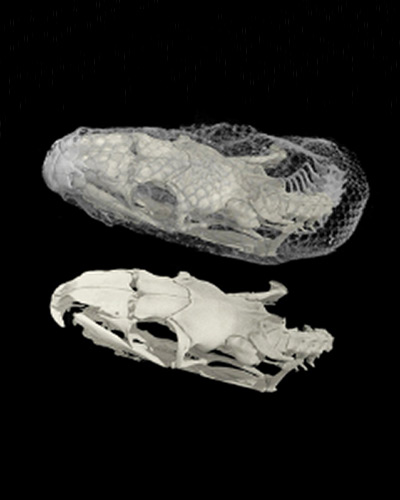

Paleozoology
Head: Prof. Johannes Müller

